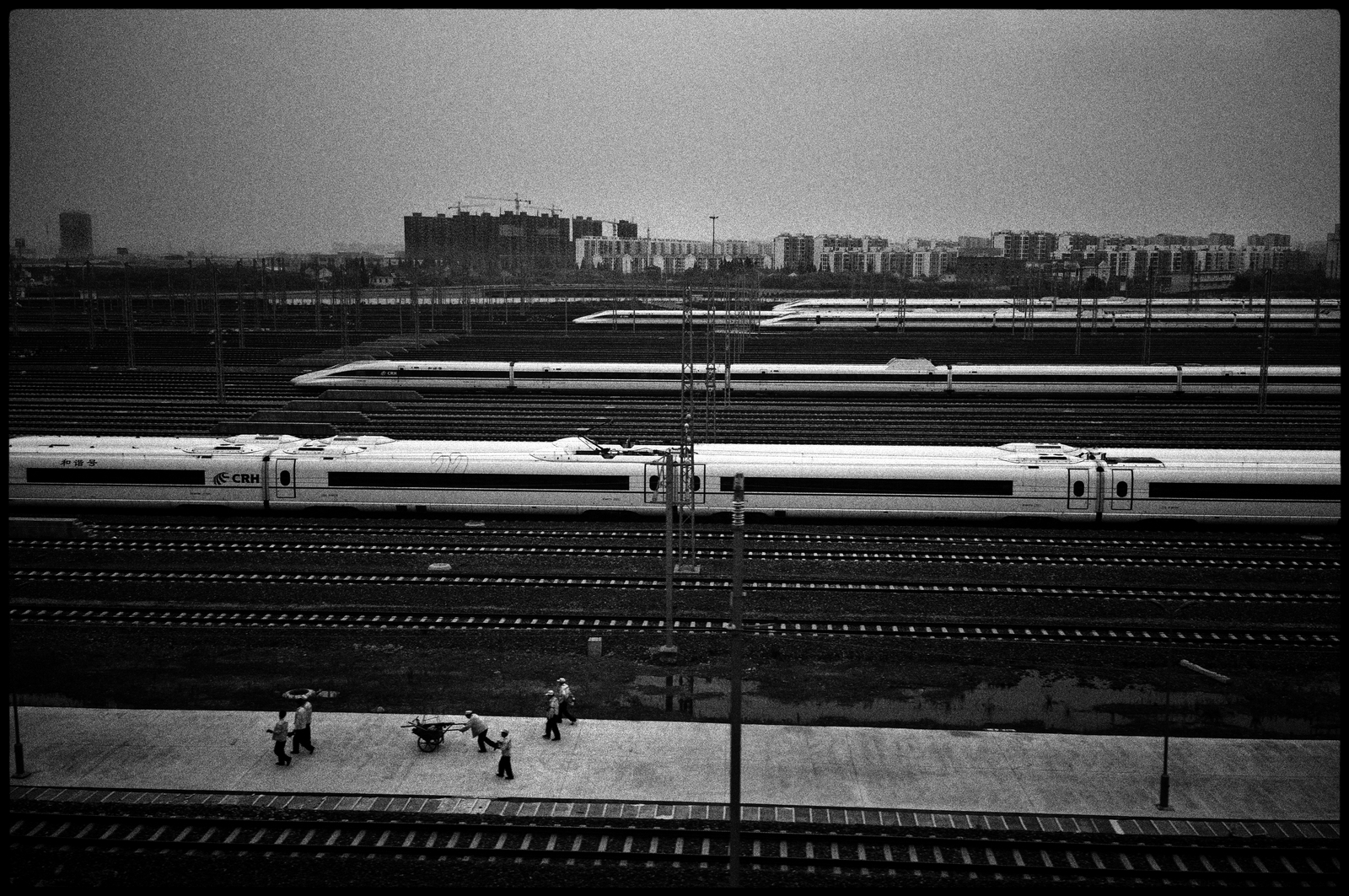

Williams’s admiration for Calas’s criticism extended to his poetry written in French. (Image at left: Manuscript page of first draft of Williams’s translation of Calas’s “To Voyage beyond the Past.” Beinecke Library, Yale.) since November 1918,” Williams cast his vote for Calas. Williams liked the book so much that in response to a Books Abroad poll for “the most distinguished book or group of books from one writer that has appeared anywhere in the world. The previous year, Calas had sent Williams a copy of Foyers d’incendie. He published his “Surrealist Pocket Dictionary” in the 1940 edition of New Directions in Prose and Poetry, James Laughlin’s annual anthology. (He ended up living there until his death forty-eight years later, working mainly as an art critic for several leading art journals, including the surrealist magazine View, Arts Magazine, and Artforum.) Once in New York, Calas set about to spearhead an American surrealist movement. Fleeing war-torn Europe, he arrived in New York as one of the first émigré surrealists in 1940. Calas, who in the mid-1930s split his time between Athens and Paris, had become a member of the surrealist group attached to André Breton. It was Greek-born French-writing surrealist Nicolas Calas (1907–1988)-author of “Voyager en dehors du passé”-who engaged Williams more than any other advocate and practitioner of surrealism, despite his reservations about its poetics and the distance he had kept from it.Ĭalas’s writing first came to Williams’s attention in 1939, initially through their correspondence related to Calas’s book of art criticism, Foyers d’incendie (Paris, 1938 “Hearths of Arson”), in which Calas argues brilliantly for surrealism and its intellectual content. Earlier, he had experimented with Dadaism in the prose-poem improvisations of his Kora in Hell. His poem “The Descent of Winter,” written after his 1927 trip to Paris, was an experiment with automatic writing that opened him temporarily to this surrealist technique. The close observation of the dream state resulting in formless poetic forays into the unconscious, though, did not interest him. Williams was attracted to the poetics of renewal he found in surrealism: “In surrealism the distortion of the emotion, the object, the condition, makes the words (the true material of writing) real again” ( The Embodiment of Knowledge). Marcel Duchamp and Francis Picabia, to name a couple, were part of his circle of friends then. As for surrealism, his interest in surrealist art and verse was pre-dated by his attraction to the work of French Dadaist painters appearing in New York around the years of the First World War.

For most of his translations, Williams relied on varying degrees of help from someone fluent in the source language. He knew French well enough to read it with help from a dictionary. There he met writers like Valery Larbaud and Philippe Soupault, whose novel Les dernières nuits de Paris (1928 Last Nights of Paris) he translated with his mother and published in 1929. The French avant-garde literary scene appealed to him ever since the 1920s and his visits to Paris. He was, in fact, as cosmopolitan as he was true-blue American. Despite his commitment to the prosody of the American language and his general disdain for imported European aesthetics, Williams translated a good deal of modern French and Spanish poetry during the course of his career. He translated foreign poets he felt should be read in the United States and whose work offered him an opportunity to advance his own poetry. Translation for William Carlos Williams was an especially rewarding way to experiment with poetics. William Carlos Williams to Nicolas Calas (1940) There must be a new formalism, invention.


 0 kommentar(er)
0 kommentar(er)
